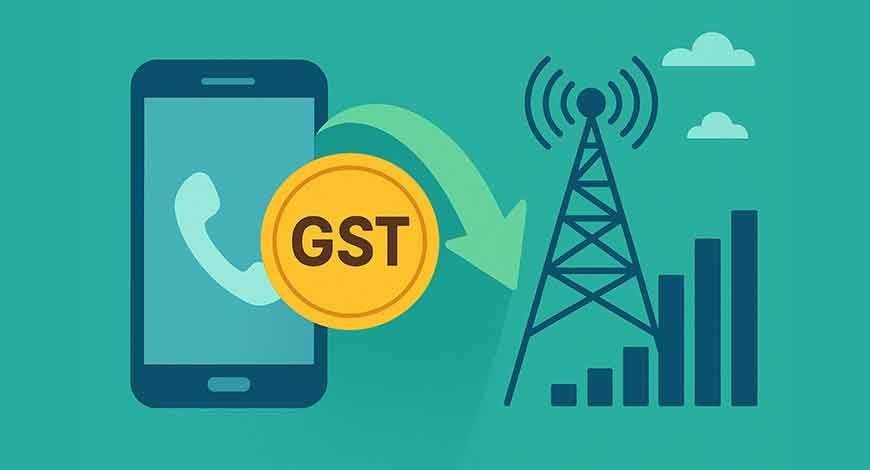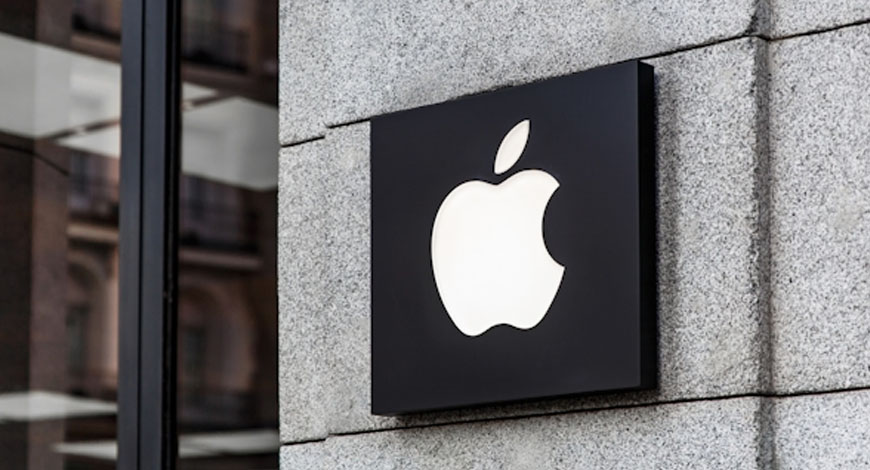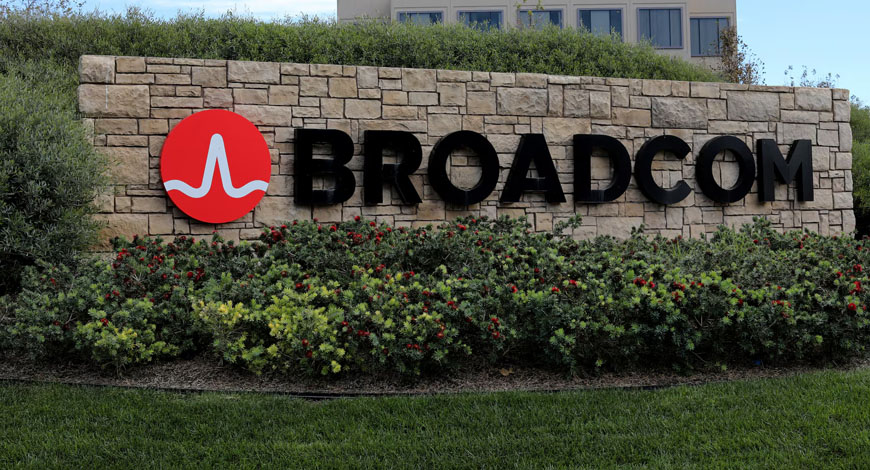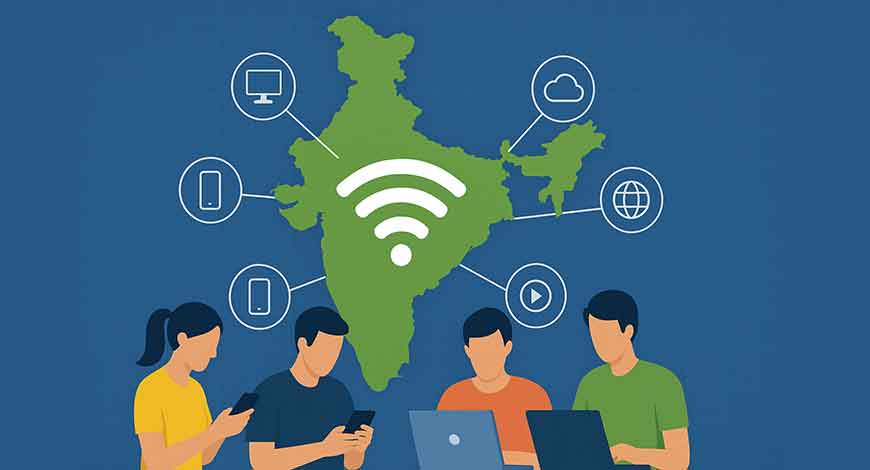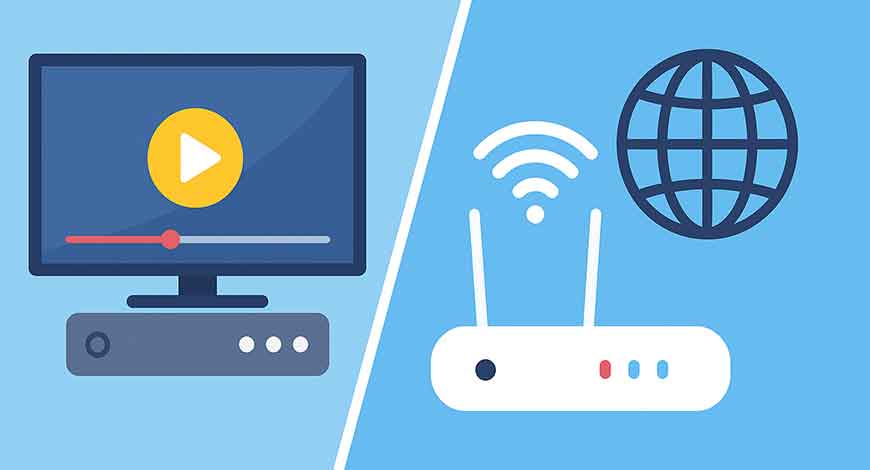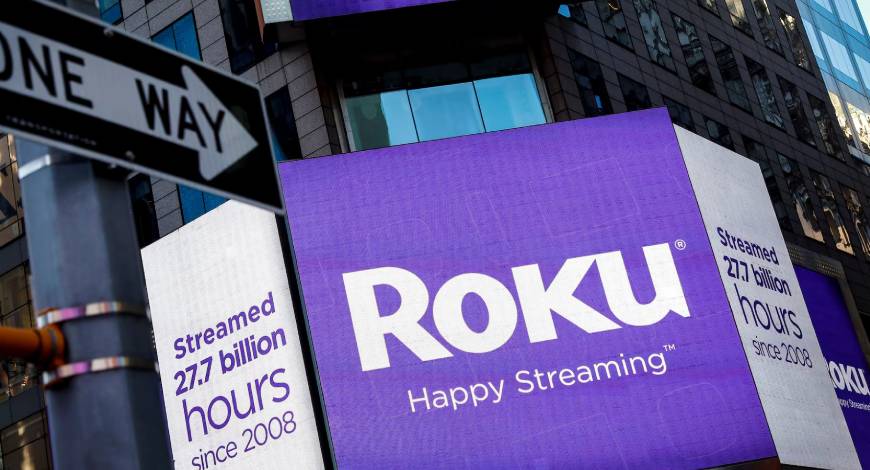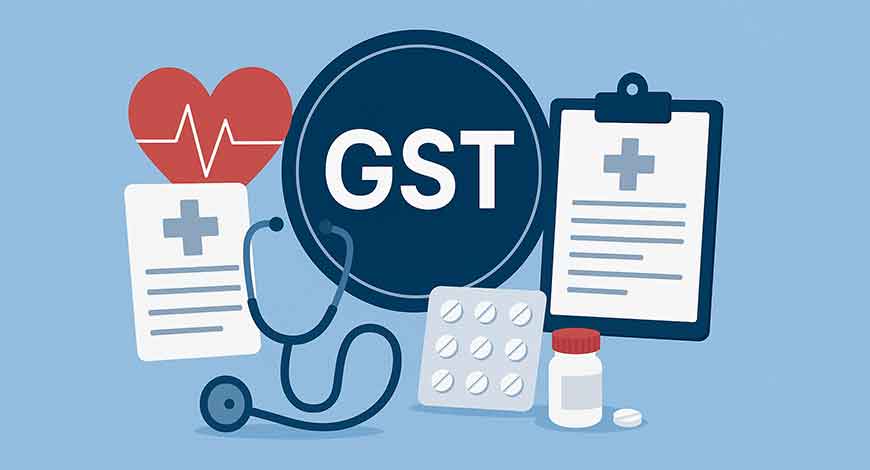Sports never sleep. Every week, fans across the globe are treated to moments of brilliance, unexpected drama, and off-field developments that reshape the business of sports. This week has been no different—bringing a mix of historic wins, record-breaking transfers, and financial moves that highlight the commercial power of modern sports.
From football’s blockbuster signings to cricket’s thrilling finishes and tennis stars rewriting history, here’s a comprehensive look at what’s making headlines in the world of sports.
Football: Transfers, Triumphs, and Turmoil
Football remains the global stage for both athletic brilliance and jaw-dropping financial transactions.
Record Transfer Buzz
One of the biggest talking points has been a record-breaking transfer deal involving a young striker whose move has redefined market dynamics. Clubs continue to break spending records as competition intensifies in Europe’s elite leagues.
Weekend League Drama
- Premier League: Title contenders battled fiercely, with last-minute goals keeping fans on the edge of their seats.
- La Liga: Spanish football showcased its tactical brilliance, with underdogs pulling off shock wins.
- Serie A & Bundesliga: New stars emerged as veterans proved their worth yet again.
Champions League Build-Up
As the Champions League group stages get underway, clubs are fine-tuning squads. Fans are eagerly anticipating classic rivalries returning to the spotlight.
Cricket: India’s Highs and Global Thrills
Cricket remains at the heart of South Asia’s sporting passion, but this week also saw global highlights.
India’s Dominant Run
India’s national team delivered a statement victory in their latest series, underlining their depth and adaptability across formats. Emerging stars are grabbing headlines, proving the pipeline of talent is stronger than ever.
Global Action
- The Ashes-style contests elsewhere brought nail-biting finishes.
- Franchise leagues, from the Caribbean to the Middle East, added flavor with power-packed T20 spectacles.
- Discussions around the future of Test cricket resurfaced, with calls to strike a balance between tradition and commercial viability.
Tennis: A New Era Unfolds
Tennis witnessed history this week, with a rising star defeating a seasoned champion in a Grand Slam showdown.
- Men’s Circuit: Veterans are fighting to hold their ground as the next generation surges forward.
- Women’s Tennis: A mix of resilience and flair shone through, with players from outside the top 10 making headlines.
- Global Popularity: Tennis continues to expand into new markets, attracting younger audiences via streaming and digital platforms.
Basketball & Beyond: Expanding Horizons
Basketball, particularly the NBA, continues to dominate in the U.S. while expanding its international footprint.
- NBA Pre-Season: Teams are gearing up with blockbuster trades and new strategies.
- International Basketball: The FIBA calendar brought fresh excitement, as smaller nations challenged traditional powerhouses.
- Beyond the U.S.: Basketball academies across Asia and Africa are producing future stars, reflecting the sport’s rapid globalization.
Meanwhile, other sports like Formula 1, athletics, and golf also had their share of excitement. Formula 1 fans are already eyeing the next Grand Prix, while golf witnessed a thrilling playoff finish on the PGA Tour.
The Business of Sports: Money, Media, and Markets
Sports today is as much about the boardroom as it is about the pitch.
- Broadcasting Wars: Streaming giants are competing fiercely for rights, reshaping how fans watch games.
- Sponsorship Deals: Clubs and leagues are striking record sponsorship contracts, reflecting the growing corporate interest in sports.
- Athlete Endorsements: Top athletes are now global brands, commanding millions in endorsement deals that often exceed their playing salaries.
- Tech in Sports: From data analytics to AI-driven training tools, technology is becoming a game-changer both on and off the field.
Fan Culture: The Heart of Sports
No roundup is complete without acknowledging the lifeblood of sports—the fans. This week saw:
- Stadiums packed with record attendance numbers.
- Digital fan engagement through AR/VR experiences, fantasy leagues, and interactive platforms.
- Social media rivalries, where banter between supporters adds to the drama off the field.
Sports is more than competition—it’s culture, identity, and passion shared across generations.
Challenges and Controversies
Like every week, not all headlines were celebratory.
- Injuries to star players raised concerns about packed schedules.
- Financial Fair Play debates reignited in football after record deals.
- Off-field controversies reminded us that sports figures are under constant scrutiny.
These issues highlight the balancing act between entertainment, professionalism, and responsibility in global sports.
Looking Ahead
The coming weeks promise even more excitement:
- Football: Champions League and domestic derbies will test the best.
- Cricket: Key World Cup qualifiers and T20 leagues are on the horizon.
- Tennis: The ATP and WTA tours move into crucial stages.
- Basketball: NBA regular season is around the corner, bringing global buzz.
- Formula 1: Upcoming races could determine the championship battle.
Sports fans can expect a perfect mix of drama, excellence, and unpredictability.
Conclusion
From record-breaking transfers in football to India’s cricketing triumphs and tennis stars ushering in a new era, this week’s sports news captured the essence of why fans love the game. Beyond the scores and results, it’s the stories, emotions, and cultural impact that make sports a unifying global force.
As leagues evolve, athletes inspire, and fans unite, one thing is certain: the world of sports will continue to deliver moments that transcend the playing field.

